History of the Uruguayan Cimarron
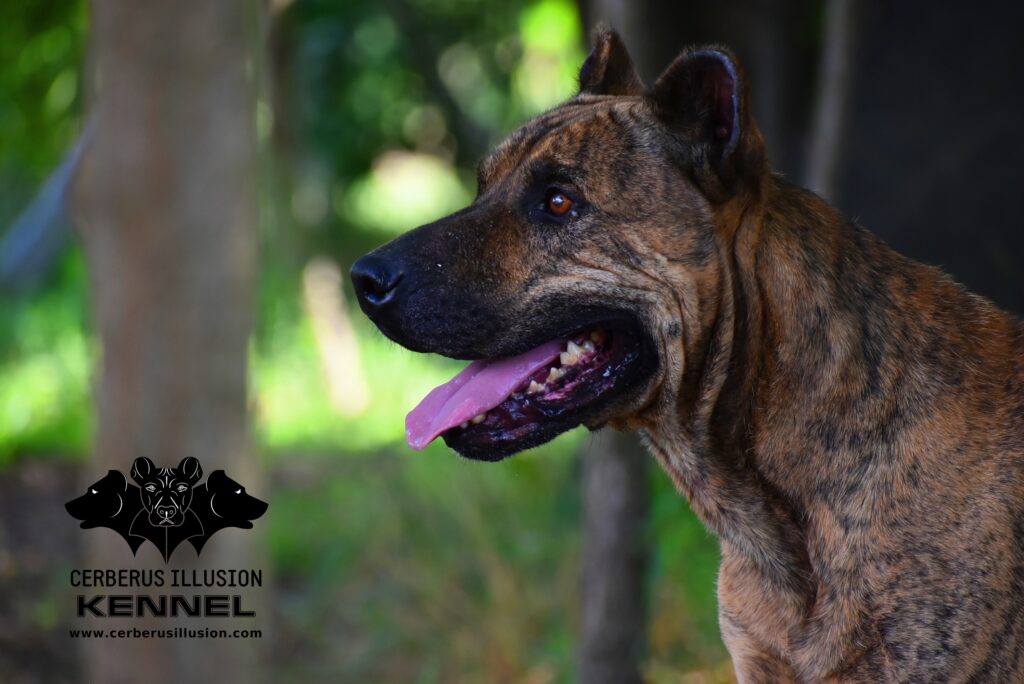
The history of the Uruguayan Cimarron is very sad and merciless. The fate was not at all merciful with the ancestors of these dogs. The colonizers first used them against the native population. Then, when the dogs were no longer needed, they released them into the wild nature. Their owners returned home to Europe. The dogs were left alone and abandoned in the area of present Uruguay. They were left to their own fate. It depended on the abilities of each individual whether they had been able to obtain food, water or shelter. Nobody expected that they would learn to act as a pack and endanger even the humans.
The meaning of the term “cimarrón”
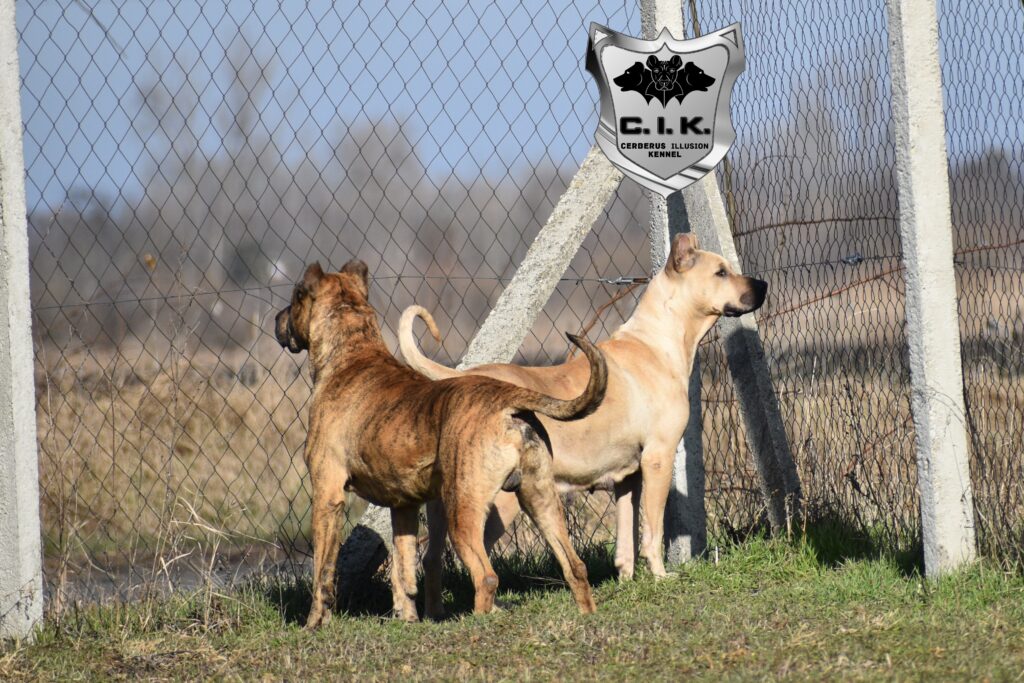
The Uruguayan Cimarron comes from Uruguay, as the name suggests. The term “cimarrón” in translation means:
1 / A wild animal, especially a domestic animal that has escaped into the wild.
2 / A plant that grows naturally (without human intervention) in the wild.
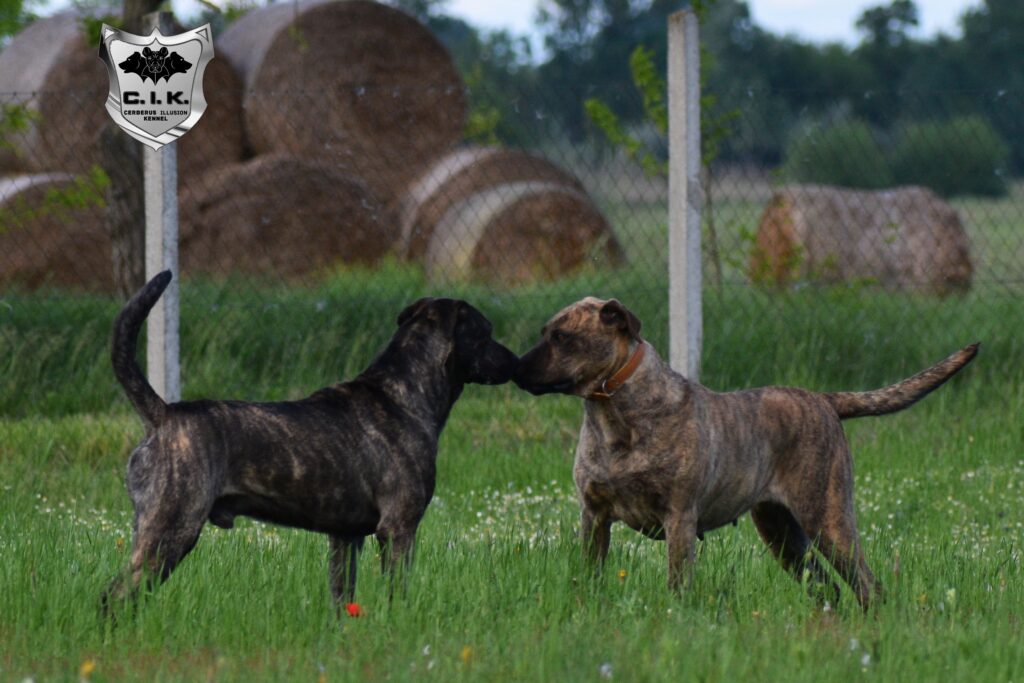
In general, the term “cimarrón” was used in Latin America for all domestic that later returned to the wild, e.g. human, animal, plant. This term was originally used for deserters and slaves, who escaped from ships mostly to the mountainous areas of individual islands on the Caribbean coast. Later, the term was extended to domestic animals escaped from captivity, or to plants that were imported, germinated and reproduced spontaneously without intentional sowing. [1]
History of the Uruguayan Cimarron
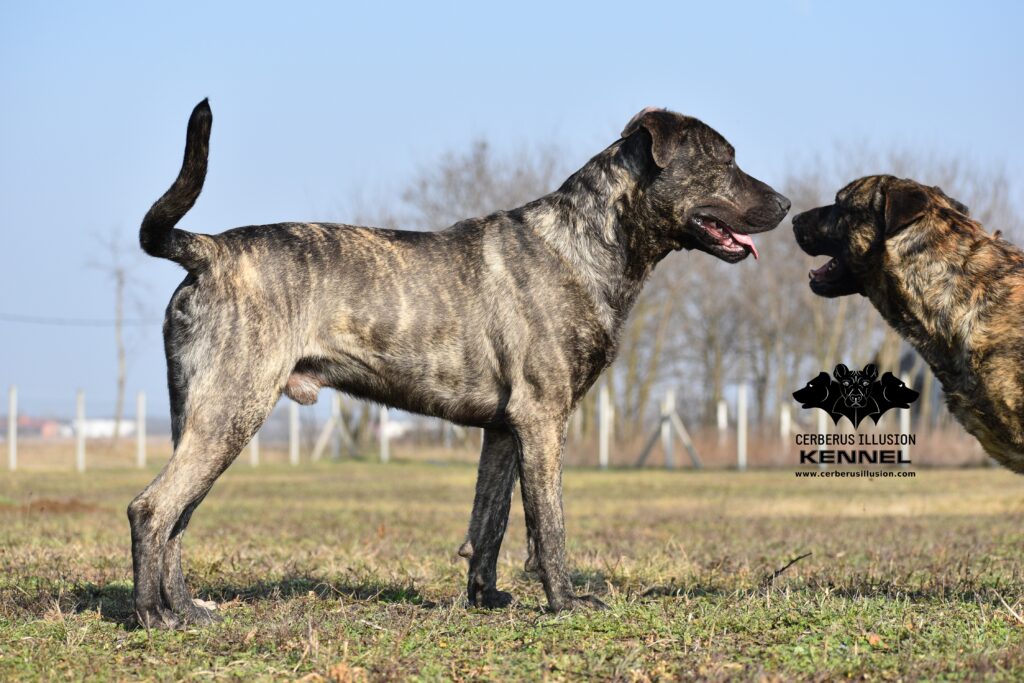
Archaeological and historical evidence confirms the existence of dogs in present-day Uruguay before the discovery of America. However, the Uruguayan Cimarron is not their descendant. The ancestors of the Cimarrons are mastiffs and war dogs brought by Spanish and Portuguese colonizers. The Mastiffs came to the country during Columbus’ first voyage. They were fighting dogs in armor, although in the homeland they were used mainly to hunt wild boars, wolves, bears and as shepherd dogs. Gradually, during the individual expeditions of Columbus, Cortes and others, Spanish greyhounds used to hunt hares and deer were also imported. [1]
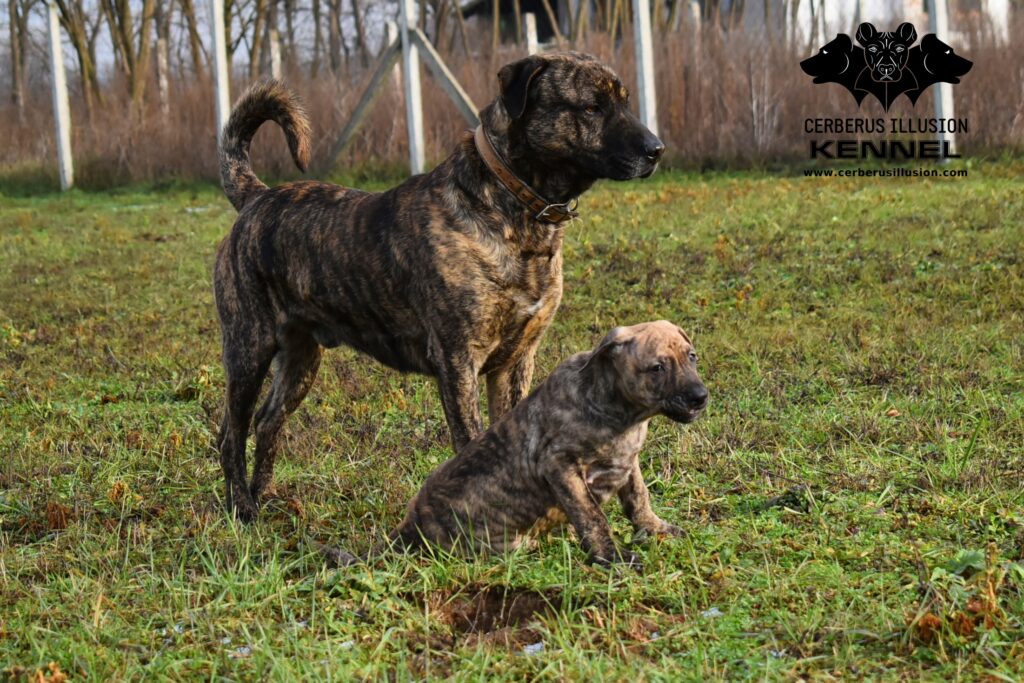
The departure of the conquerors from the country resulted in the escape of these dogs into the wild, where they crossed with each other and with local dogs, without any human intervention. Subsequently, they formed into their current form. Overpopulated dogs became a problem in the second half of the 18th century, as they attacked not only cattle but also humans.
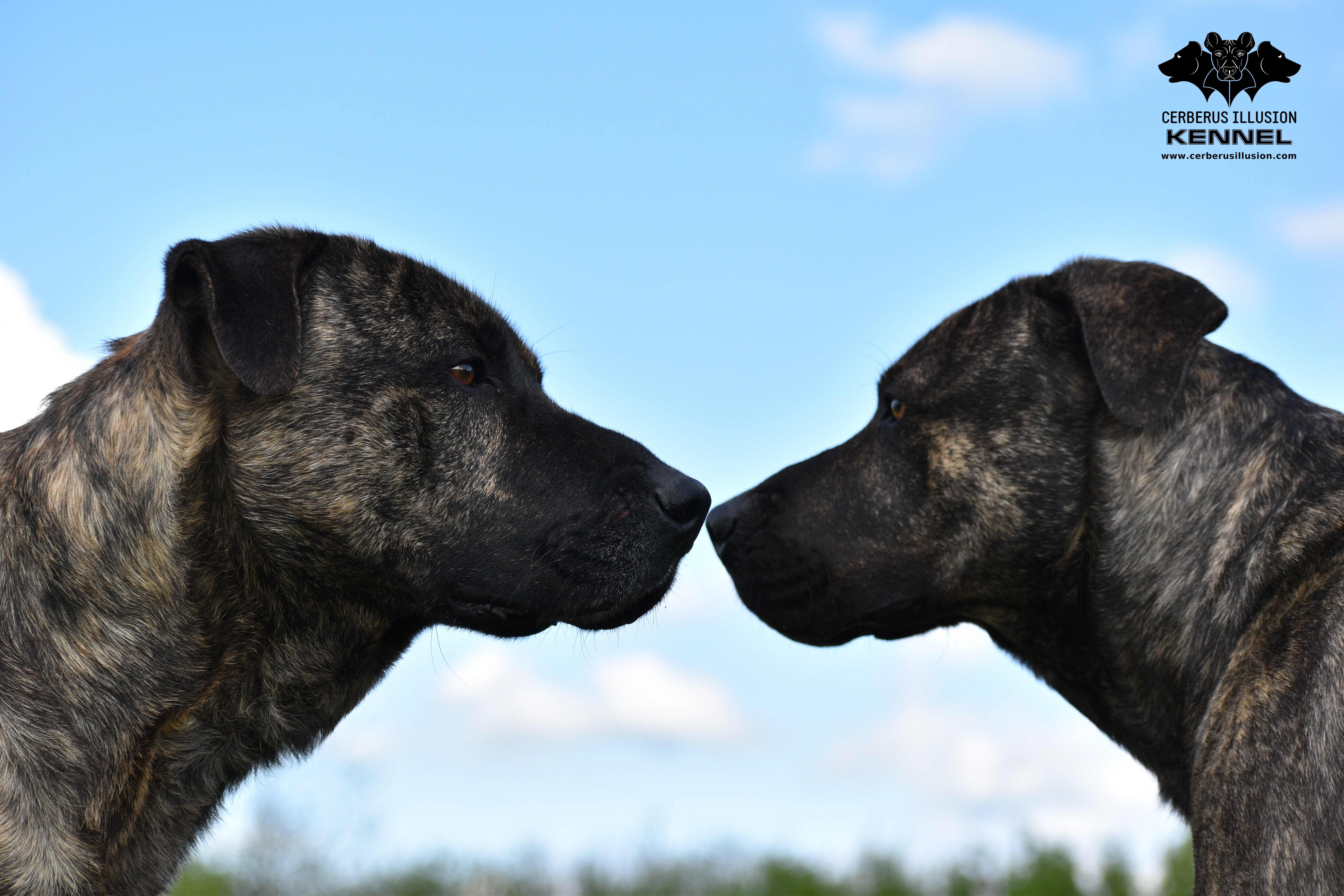
“The fact that there were as many dogs as ants in Uruguay is also evidenced by the report of the Jesuit father Gervasoni from 1730, which states that he has never seen so many dogs in any other country.” [2]
Killing of dogs ordered by the government
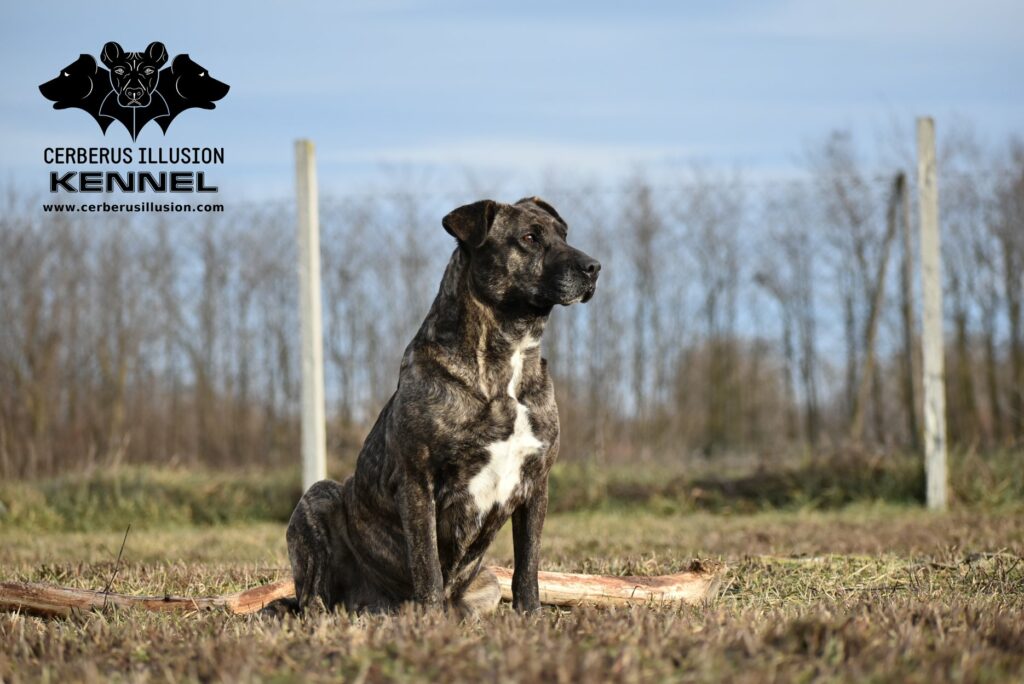
The government issued two decrees ordering the killing of wild dogs. At the same time, the number of dogs that citizens could own was limited. The elimination of dogs continued in the 19th century. Only the most intelligent, strongest and most capable individuals were able to survive this brutal hunt. The dogs that managed to escape these drastic action later became domesticated and were used for working with cattle and for guarding.
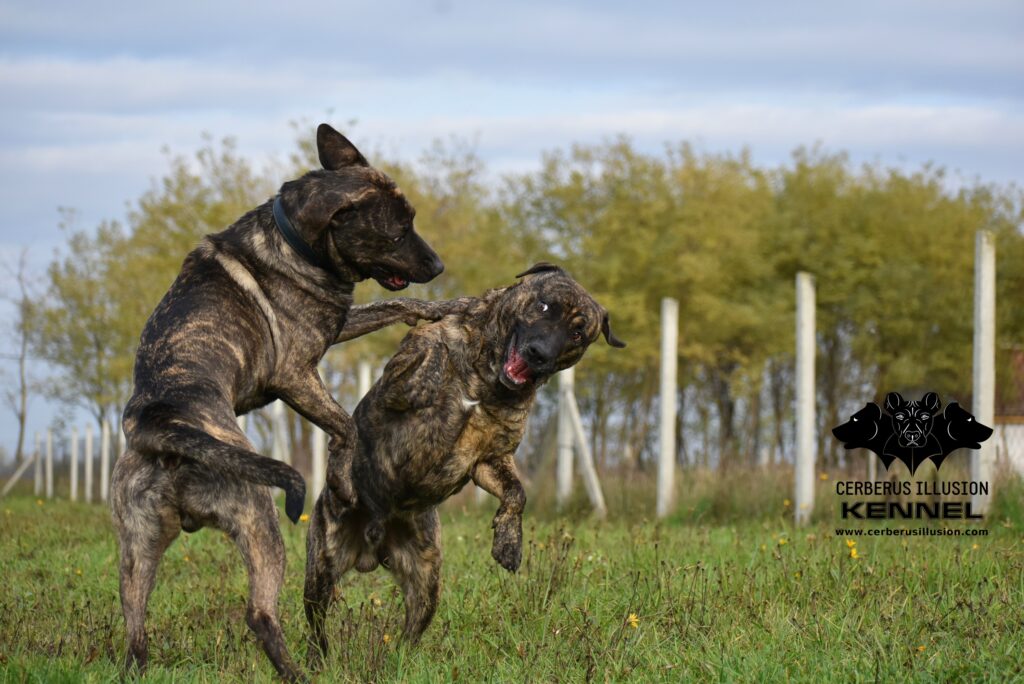
The Uruguayan Cimarron was recognized as a breed in 1989 by the Kennel Club Uruguayo (KCU). The FCI temporarily recognized the breed in 2006, but full recognition did not take place until 2017, under standard number 353 within the FCI group 2 – Pinschers and Schnauzers, Molossoid and Swiss Mountain and Cattle dogs, section: Molossoid, Dogue type.
Author: Gabriella Hurtos, Cerberus Illusion kennel, The original whole article is available online on: https://www.cerberusillusion.com/cimarron-uruguayo/uruguayan-cimarron/
This article may not be rewritten, reprinted, reposted, excerpted, translated or otherwise duplicated in any way without previous written permission of the author.
Sharing via social media with the help of implemented share buttons is allowed.
[1] GAGLIARDI, Rosa. Estudios genéticos en caninos de raza Cimarron Uruguaye (Canis familiaris).
[2] KUČEROVÁ, Sabina. 2017. Uruguayský cimarron je oddaný hlídač a milovník rodiny. [online] <https://www.idnes.cz/hobby/mazlicci/uruguaysky-cimarron.A171205_204216_hobby-mazlicci_bma>.